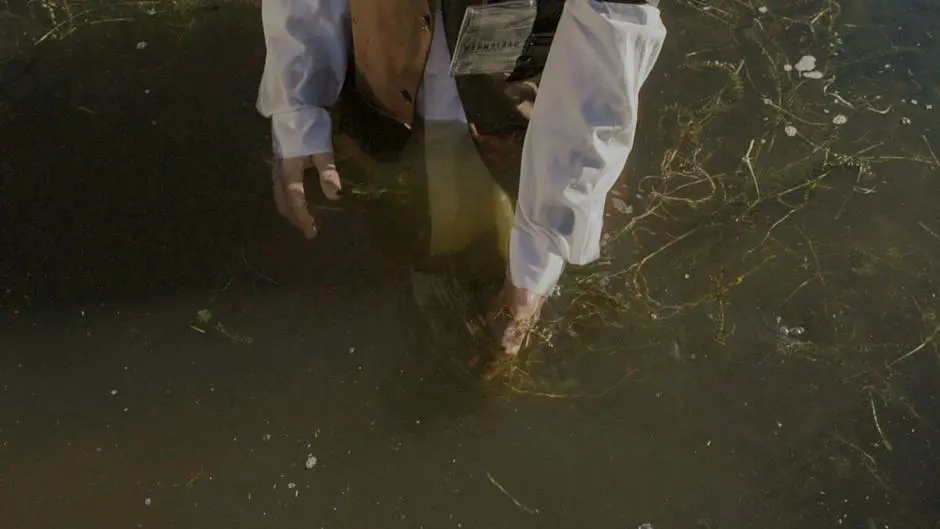Can Backflow Testing Prevent Water Contamination?
Ensuring the safety and cleanliness of our water supply is essential for a healthy community. One critical aspect of safeguarding our water from contamination is through a process known as backflow testing. But what exactly is backflow testing, and how does it contribute to preventing water contamination? In this blog, we'll explore the significance of backflow testing and its role in protecting the quality of our water supply.
What is Backflow?
Backflow occurs when water flows in the opposite direction from its intended course, potentially introducing contaminants into the clean water supply. This can happen due to changes in water pressure, leading to undesirable substances entering the water system.
Imagine turning on your tap and finding the water cloudy or smelly. This scenario can become a reality due to backflow, which may allow pollutants like chemicals, pathogens, and contaminants to enter drinking water. Instances like pipe bursts or sudden alterations in water usage can create pressure differences, making backflow more likely to occur.
Backflow can be triggered by events such as firefighting activities or main breaks, which decrease water system pressure. When this happens, water from various sources, possibly contaminated, can be inadvertently drawn back into the clean water supply.
Understanding Backflow Testing
Backflow testing involves checking the integrity of backflow prevention devices to ensure they are functioning correctly. This process helps in detecting any failures or wear and tear that might lead to backflow incidents.
During a backflow test, certified professionals assess connections like air gaps and check valves to ensure they are intact and working effectively. These components act as barriers against contamination, providing a reliable defense against pollutants entering the water system.
Certified technicians conduct backflow testing using specialized equipment, like pressure gauges, to evaluate the functionality of each device. This meticulous inspection guarantees that preventive measures are in place and operational, safeguarding the quality of your water supply.
How Does Backflow Testing Prevent Contamination?
Regular backflow testing ensures that prevention devices are operational, blocking potential contaminants from entering the water system. By maintaining these devices, the risk of contamination is significantly reduced.
Backflow testing acts as a protective shield for your water supply. By ensuring prevention devices are functioning seamlessly, it guards against the introduction of pollutants such as pesticides and heavy metals. These contaminants not only threaten water quality but also pose serious health risks to communities.
Through regular inspections, any defects or malfunctions in backflow preventers can be promptly addressed, minimizing exposure to contaminated water. Proactively managing these systems greatly reduces potential health hazards and secures clean water access for all.
Frequently Asked Questions About Backflow Testing
Backflow testing might seem complex, but it's essential for water safety. Common questions include: How often should backflow testing occur? Who should perform it? Generally, annual testing by certified professionals is advisable to ensure compliance and maximize effectiveness according to industry experts.
Why is backflow testing necessary? Simply put, it protects against water contamination. By detecting and addressing potential backflow issues early, it prevents hazardous substances from entering your clean water.
Understanding the importance of regular backflow testing in high-risk areas is crucial. Areas prone to contamination, like commercial kitchens or chemical plants, may require more frequent testing to mitigate risks effectively.
Benefits of Regular Backflow Testing
Consistently testing and maintaining backflow prevention devices not only protects water quality but also ensures compliance with local regulations and offers peace of mind to homeowners and businesses alike.
Regular backflow testing helps avoid costly legal implications. Many local regulations mandate routine testing. Non-compliance may lead to fines or penalties, not to mention the health risks of allowing contaminants into the water supply.
Beyond legal obligations, regular testing and maintenance of backflow preventers help preserve property value. A well-maintained water system provides a safe living environment, appealing to both current residents and potential buyers.
Investing in regular testing of backflow prevention devices is an investment in public health. It ensures that all safety protocols are observed, protecting everyone from the serious consequences of drinking contaminated water.
The Importance of Backflow Testing for Safe Water
Backflow testing is a crucial preventative measure that helps to maintain the purity and safety of our water supply. By identifying potential backflow issues early, it proactively addresses risks of contamination and ensures the water we consume remains clean and safe. Regular backflow testing and maintenance of backflow prevention devices are essential practices in any comprehensive water safety strategy. Understanding and implementing these measures protect not only individual households but entire communities from the hazards of contaminated water.

